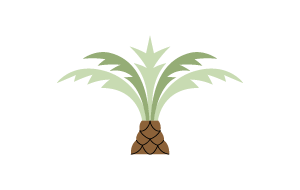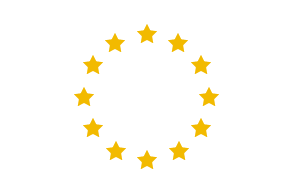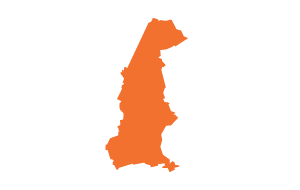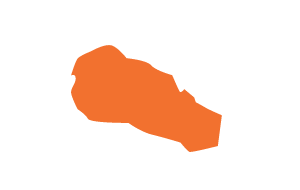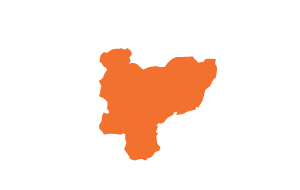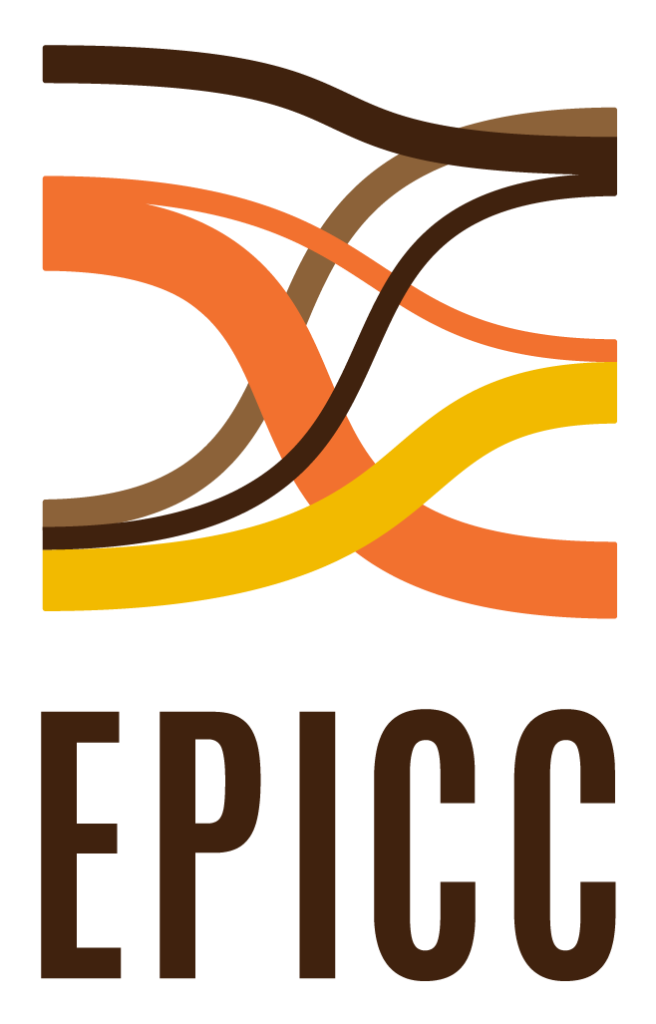Territories of Extraction
West Kalimantan, Indonesia
Why territories?
In the EPICC project we use the concept of territory to understand and discuss how global commodity chains land in three tropical regions of high biological and social diversity in the global south. A territory is not just an area officially demarcated by the government as an administrative limited space, but the source of ecological relations happening in a complex and political space where conflicts, power asymmetries, different levels of governments and governance (including private and international) are at play. A territory is permeated by socioenvironmental relations, socio-legal constructs and conundrums, and socio-biodiversity interconnections.
West Kalimantan
West Kalimantan is a province situated on the island of Borneo, sharing a border with Sarawak, Malaysia. This province is officially recognised as the fourth largest province in Indonesia, encompassing a total land area of 147,307 km². Notably, palm oil stands out as one of the prominent commodities in this particular region. West Kalimantan is commonly known as a region characterized by a vast network of rivers. The presence of numerous rivers, both large and little, within the geographical confines of this region enables the navigation of boats with varying capacities, ranging from medium to huge. The Kapuas River, renowned as a symbol of this province, holds the distinction of being the longest river in Indonesia, measuring 1,143 km in length, surpassing even the expanse of Java Island. Based on data provided by the Central Statistics Agency, the population of West Kalimantan is estimated to be 5.41 million. Among the aggregate populace, the majority comprises individuals of Dayak ethnicity, numbering approximately 1.53 million individuals, followed by the Malay ethnic group with approximately 1.48 million individuals. Additionally, there are approximately 427,000 individuals of Javanese descent.
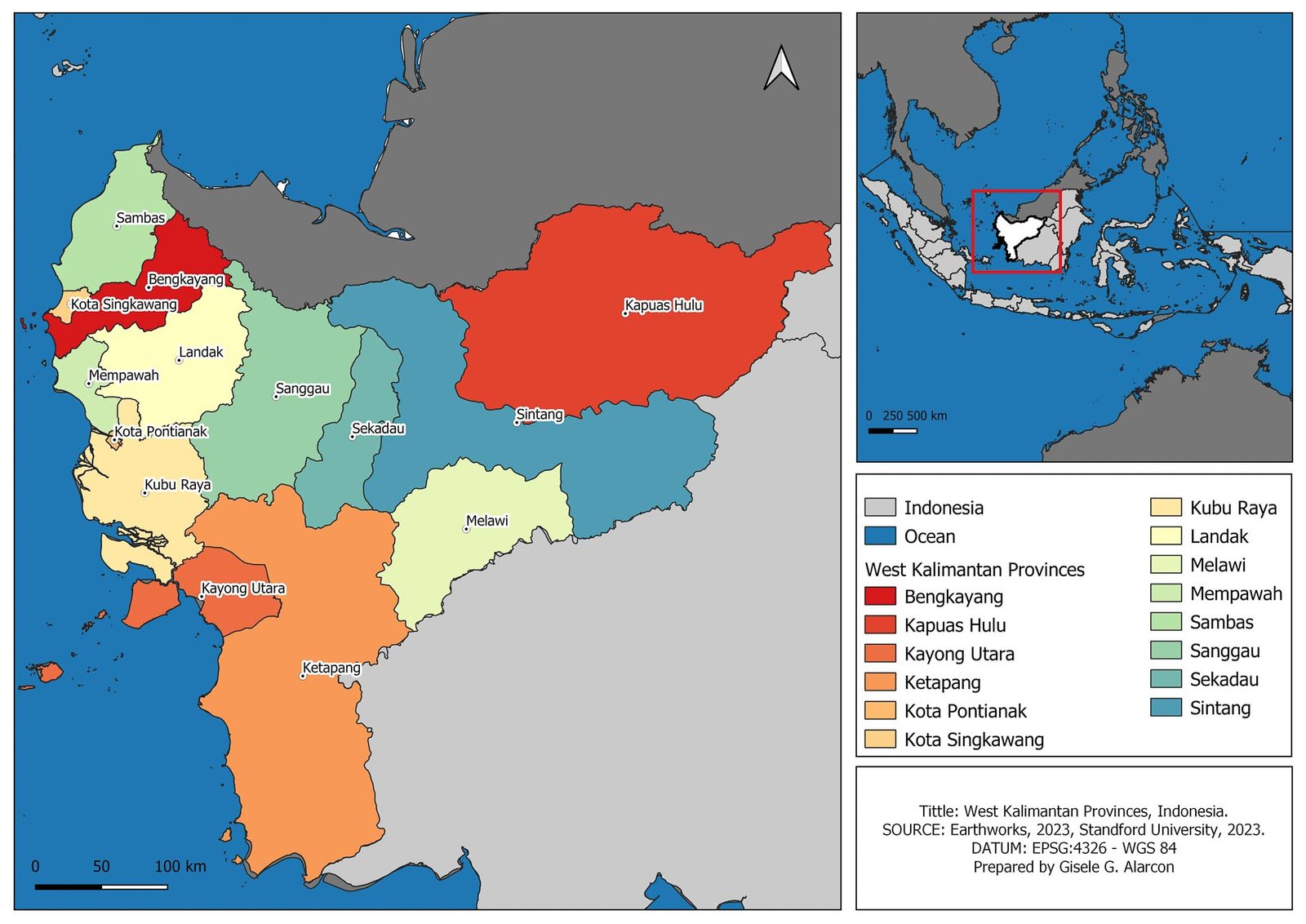
West Kalimantan Provinces, Indonesia.
The island of Borneo, encompassing West Kalimantan, is renowned for its Indonesian forest ecosystems. Since the early 1990s, the woods in the Kalimantan region have experienced alterations as a result of the transformation of their functions into residential areas and plantations. Oil palm plantations are widely acknowledged to have made a substantial contribution to alterations in forest area in this particular instance. Based on the findings of the Global Forest Watch report, it is evident that the region of West Kalimantan possesses a comprehensive forested expanse measuring 14.9 million hectares. Within this vast territory, approximately 6.88 million hectares, equivalent to 47% of the total area, are classified as primary forests. Furthermore, as indicated by the findings of an analysis conducted by Global Forest Watch spanning the years 2002 to 2020, the aforementioned region has experienced a significant decline in primary forest cover, amounting to a loss of almost 1.25 million hectares. By the year 2020, a total of 32,000 hectares of primary forest had been depleted within the province, resulting in the release of approximately 23 million metric tonnes of carbon dioxide (CO2) emissions.
Additionally, it is worth noting that West Kalimantan is ranked among the provinces in Indonesia with the third-largest expanse of oil palm plantations, including a total land area of 1.9 million hectares. Out of the entire land area, 1.17 million hectares are in private ownership, 707,438 hectares are owned by individual smallholders, and 30,061 hectares are possessed by state-owned enterprises. As to the official announcement made by Governor Sutarmidji of West Kalimantan, the annual production of crude palm oil in this province amounts to 4.02 million tonnes. Emerging as a prominent producer of Certified Palm Oil (CPO) in Indonesia. On an annual basis, the oil palm plantations in this particular location have the capacity to yield an average of 3 million tonnes per hectare. The estimated revenue from palm product derivative taxes in West Kalimantan Province reached around IDR 1.5 trillion during a span of one year.
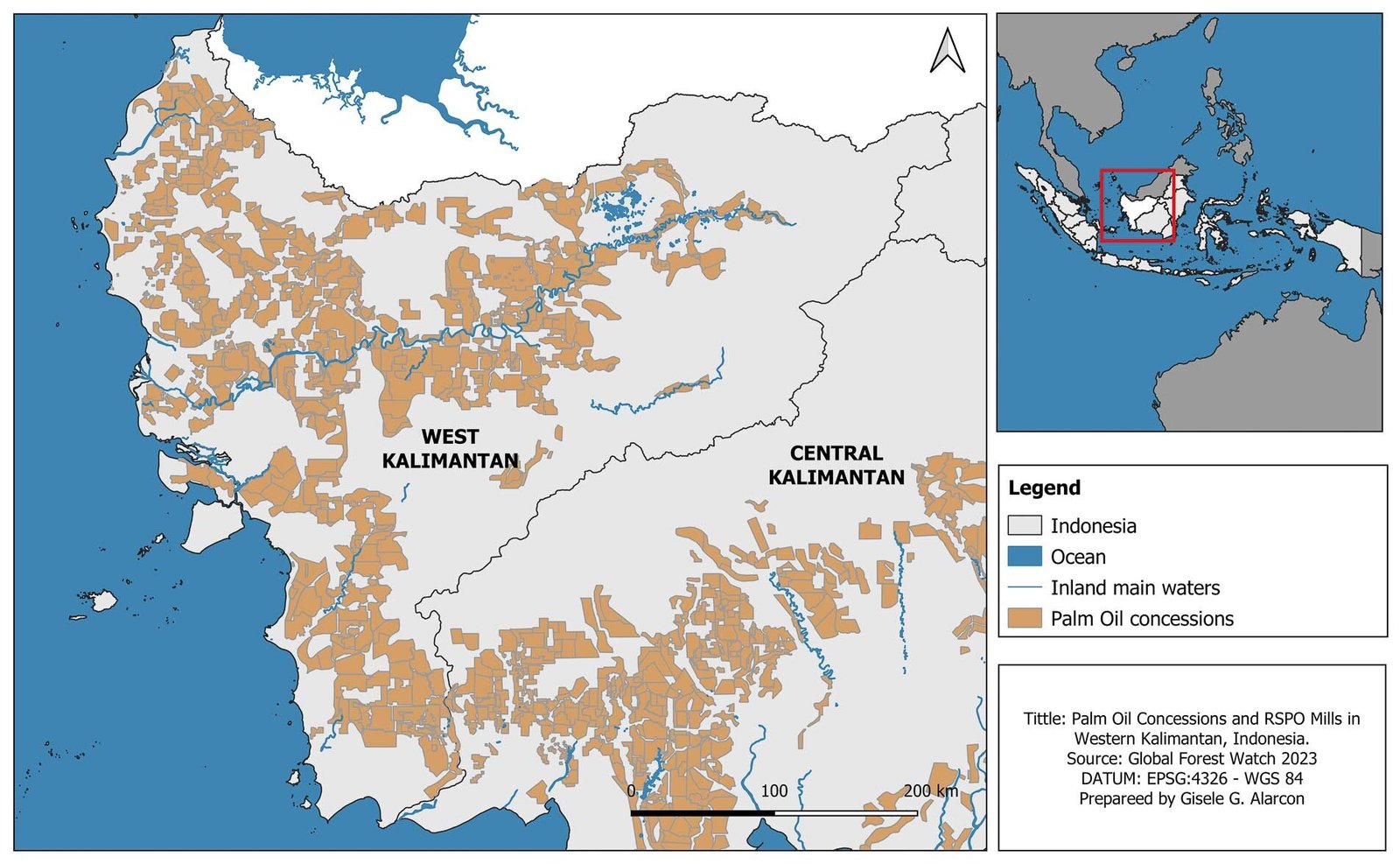
West Kalimantan palm oil concessions in 2023, Indonesia.
Hence, it is unsurprising that this particular region encounters a multitude of conflicts, encompassing disputes between independent oil palm smallholders and companies engaged in inequitable cooperative arrangements. Moreover, the occurrence of land conflicts in this region is a significant issue. Furthermore, it is also uncommon for conflicts to arise within the context of joint plasma cooperation (schemes between independent oil palm smallholders and large commercial enterprises) that engage with indigenous people. West Kalimantan is a province characterized by a significant presence of indigenous communities and a substantial coverage of customary forests. Despite its status as one of the leading producers of Crude Palm Oil (CPO) in Indonesia, boasting the fourth largest plantation area, the industry’s impact on the welfare of the local population has been limited. Based on data published by the Central Statistics Agency in July 2019, it can be observed that this particular region exhibits the lowest socio-economic status among the provinces in the Kalimantan region.



